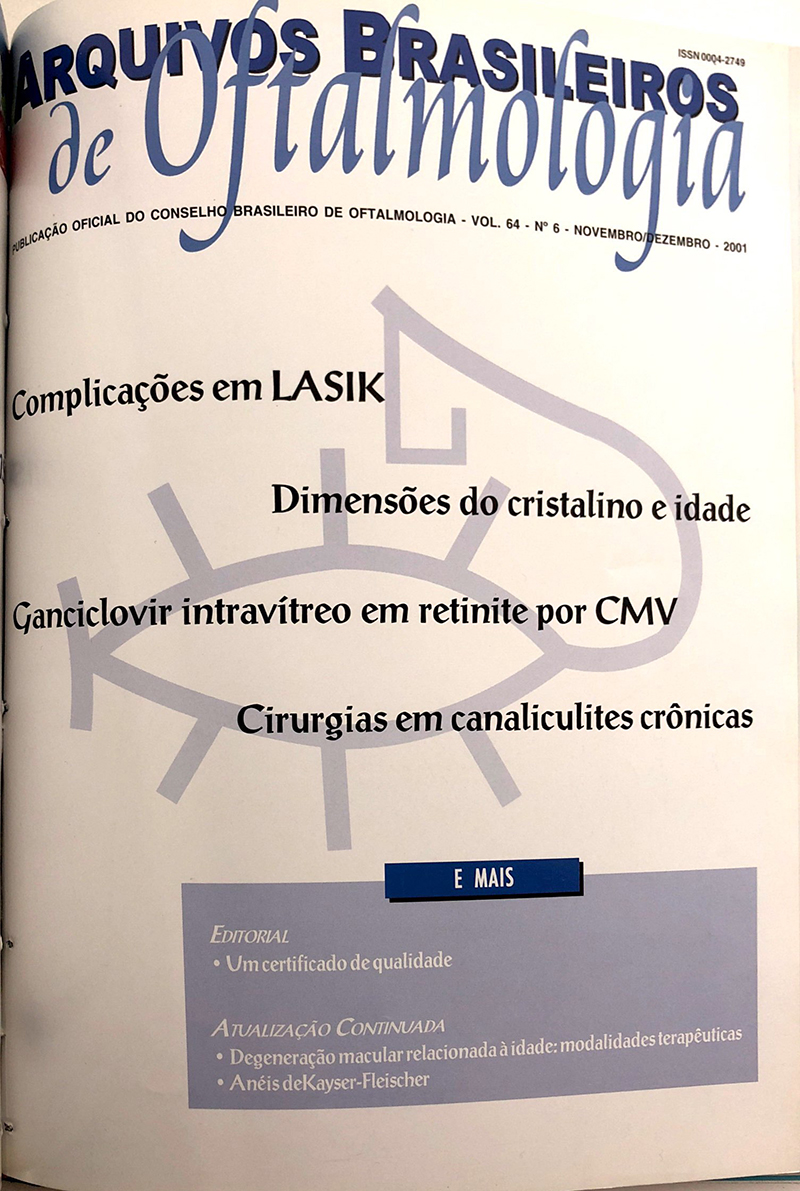Purpose: Retrospective study of surgical results of the correction of horizontal strabismus in a University Hospital. Methods: In selected cases of comitant eso- and exotropias, without signs of oculomotor paralyses or restricted ocular rotations, surgeries of: recessions of both medial recti (group A), or both lateral recti (group C) were performed, recession-resection for esotropias (group B) or for exotropias (group D), with or without transpositions of the respective muscular insertions. Results: The number of esotropias was greater than that of exotropias (nA = 66; nB = 28; nC = 27; nD = 22) as well as surgeries in which transpositions were done (96) surpassed surgeries without transpositions (47). The distributions of the preoperative angles (m = 42.49D, s= 11.68D for esotropias; m= 35.38D, s= 9.93D for exotropias) and of the respective obtained corrections (m = 38.95D, s = 13.57D for esotropias; m = 31.64D, s = 14.58D for exotropias) were practically equivalent. In addition, high correlations were observed between the pre-op angles and the amount of the respective operations. However, the correlations between the pre-op angles and the proportional results of the surgeries (given in D/mm) were always low. The amount of corrections when residual angles of ±5D, ±10D and ±15D were considered reached respectively 31.9%, 62.8% and 80.8% for esotropias, and 40.8%, 55.1% and 73.5% for exotropias. Conclusions: Although the surgical plans and the respective operations give satisfactory results in a general analysis, the individual outcomes are highly unpredictable.
Keywords: Oculomotor muscles; Strabismus; University hospitals; Retrospective studies; Ophthalmologic surgical procedures; Eye movements
